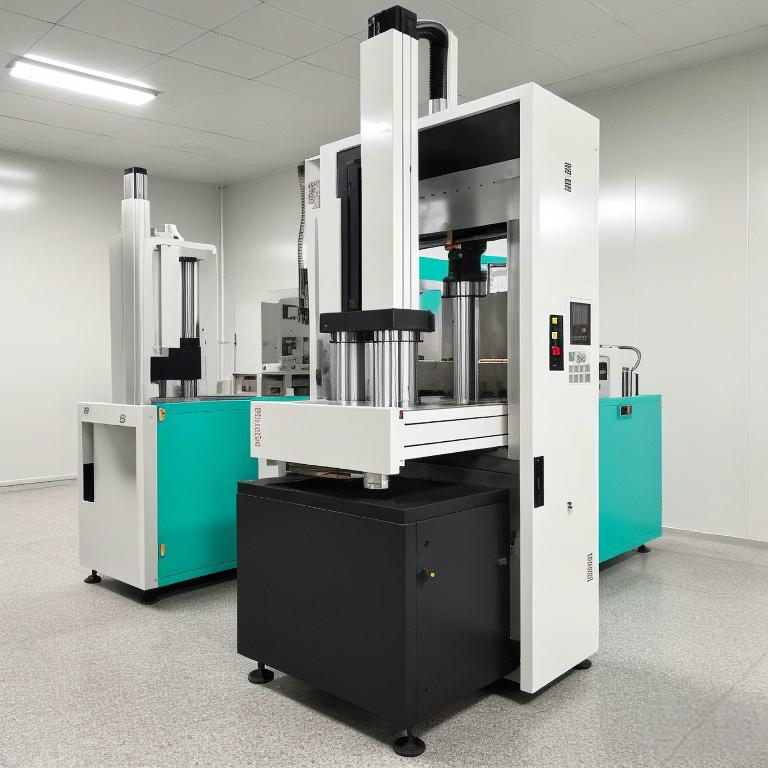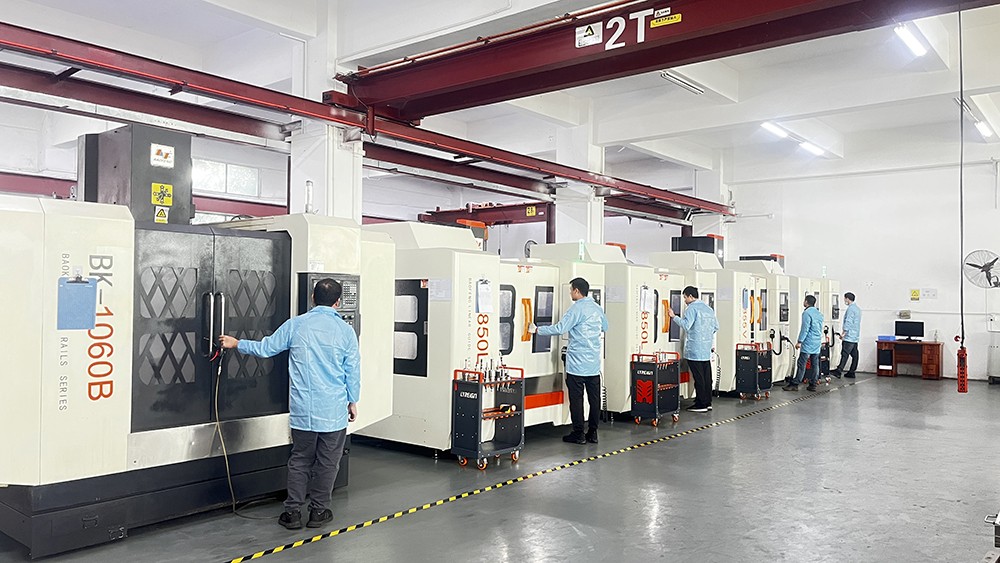目录
在我们的日常生活中,对环保替代品的追求增加了人们对硅胶吸管的兴趣。作为一种创新和可持续的选择,这些吸管正在重塑我们的饮料消费方式。本文将深入介绍硅胶吸管的多功能性、市场趋势、易维护性以及与其他材料相比的优势,并重点介绍专业硅胶工厂的定制能力。
硅胶吸管的多面性
硅胶吸管因其耐用性和温度适应性而广受认可。硅胶吸管由无毒硅胶材料制成,冷热饮料均可使用,为用户提供方便的使用体验。其弹性和柔软的质地提供了舒适的饮用体验,老少皆宜,而且不含双酚 A 等有害物质。
![]()
![]()
市场趋势与环保产品的采用
全球市场正日益倾向于可持续产品,硅胶吸管正成为一种流行的选择。在消费者对环保产品需求的推动下,这些吸管正成为食品和饮料行业的主打产品,反映出积极的增长趋势。
保养和维护
硅胶吸管不仅使用方便,而且维护成本低。硅胶吸管表面无孔,具有天然的抗菌性,而且易于清洗,通常可用洗碗机清洗。这种易于维护的特性使吸管使用寿命更长,进一步增强了其环保吸引力。
与其他材料相比的优势
将硅胶吸管与纸吸管、金属吸管、玻璃吸管和塑料吸管等替代品进行比较,可以发现它们的独特优点。纸吸管可生物降解,但容易变湿,而金属和玻璃吸管会传热,容易破损。塑料吸管被广泛使用,严重污染环境。硅胶吸管是一种安全、无毒、耐用的替代品,而且在视觉上也很吸引人。
定制 硅胶吸管 来自专业工厂
专业硅胶厂提供的定制选项可根据特定品牌的要求定制吸管。从尺寸、颜色到独特的设计,硅胶厂都能满足各种需求,提供个性化的触感。吸管头可以配备个性化的异形盖子,可以做成折叠式,还可以附带吸管刷和吸管盒等。这些都是我们的定制内容。
![]()
![]()
JEWELIVES 提供创新和环保的定制硅胶饮用吸管。我们注重定制和质量,确保我们的产品符合最高标准,使其成为希望与可持续发展实践保持一致的企业的首选。
硅胶吸管不仅仅是一种趋势,更是对可持续未来的承诺。借助专业硅胶工厂的定制能力,企业可以提供不仅为客户提供优质服务,而且符合全球可持续发展目标的吸管。
在 JEWELIVES,我们致力于提供高品质、可定制的硅胶产品,为可持续的生活方式做出贡献。我们的硅胶吸管就是我们致力于质量和创新的体现。欲了解更多有关我们的产品如何增强您的品牌可持续发展努力的信息,请浏览 我们的产品 与我们一起推动绿色未来。



